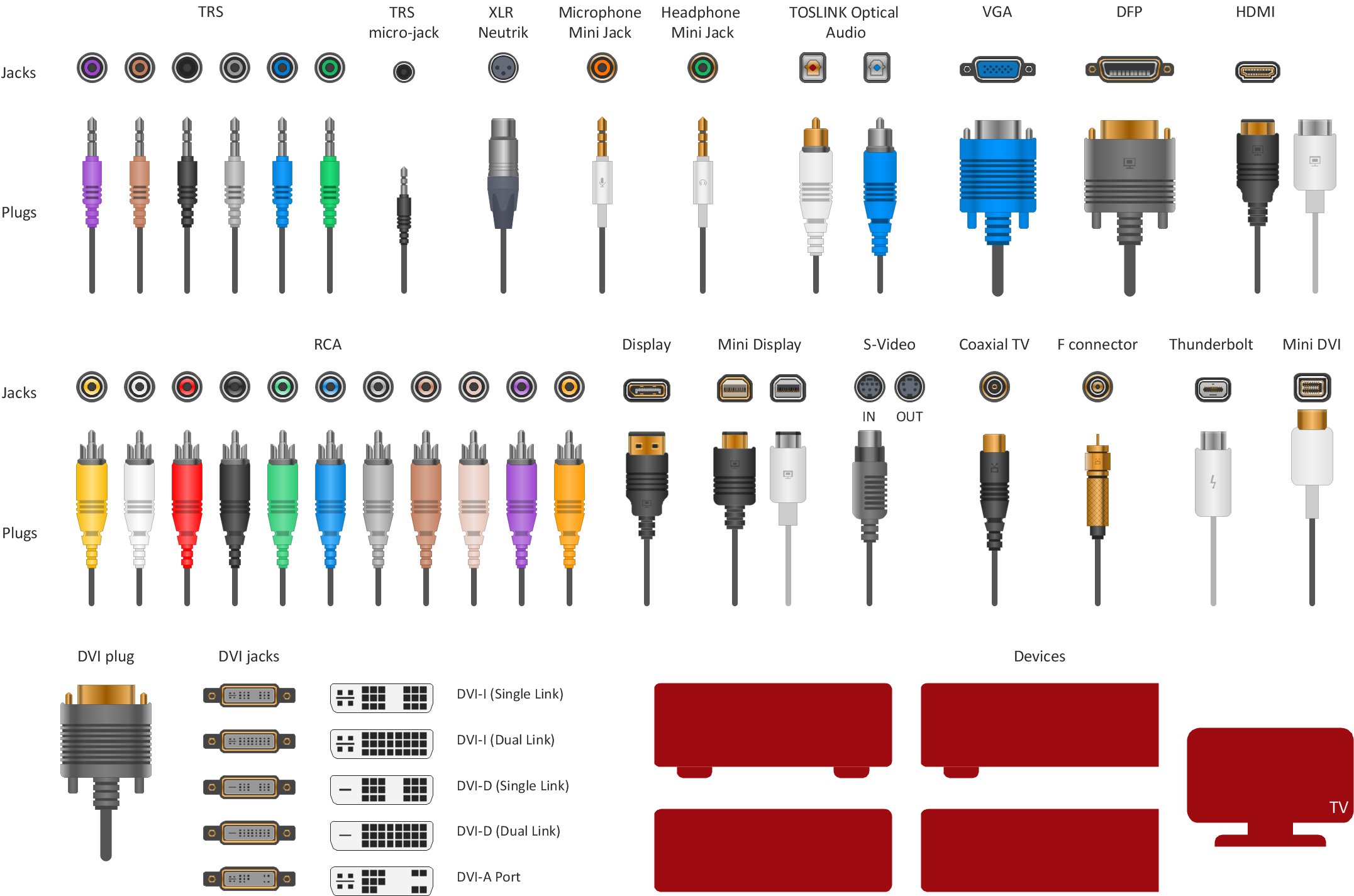
A of the key benefits of integrating outdated systems with modern sound networking is enhanced flexibility. Conventional sound systems often require complicated wiring and restricted routing choices. With audio networking solutions like Dante or AVB, audio signals can be transmitted over standard Ethernet connections. This means that users can readily connect various devices without the need for extensive reconfiguration. Whether within a performance hall, a educational auditorium, or a business function, this flexibility enables for rapid adjustments and changes to the sound setup without major downtime.
Quality is another significant factor that enhances when outdated systems are modernized with up-to-date networking technologies. Outdated systems may struggle to provide high-quality audio, particularly in bigger venues or during challenging events. By implementing sound communication, organizations can leverage of advanced features such as low delay, timing, and digital signal management. These advancements help guarantee that audio is distinct and uniform, improving the complete quality for audiences and performers together. This shift can make a marked impact in how sound is perceived in different environments.
Additionally, integrating legacy systems with contemporary solutions can lead to cost savings in the extended term. While upgrading to novel devices may require an initial cost, the effectiveness gained through audio networking can lower upkeep costs and minimize the requirement for ongoing repairs. Additionally, connected technologies often require less physical room than conventional installations, which can save on real estate costs in locations. Organizations can allocate funds better efficiently, using the money they save to allocate resources in additional critical areas.
Finally, educating staff on the method to use combined technologies becomes simpler with audio communication. Numerous modern sound communication platforms come with user-friendly controls and remote control features. This indicates that even those who may lack significant technical expertise can learn to manage and control the audio systems efficiently. Educational programs can be designed focused on these technologies, enabling personnel to maintain and diagnose technologies with confidence. By blending the legacy with the new, entities can create a Get More Info more competent and knowledgeable workforce, in the end leading to better audio experiences for everyone concerned.